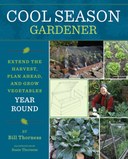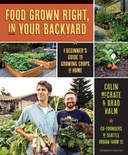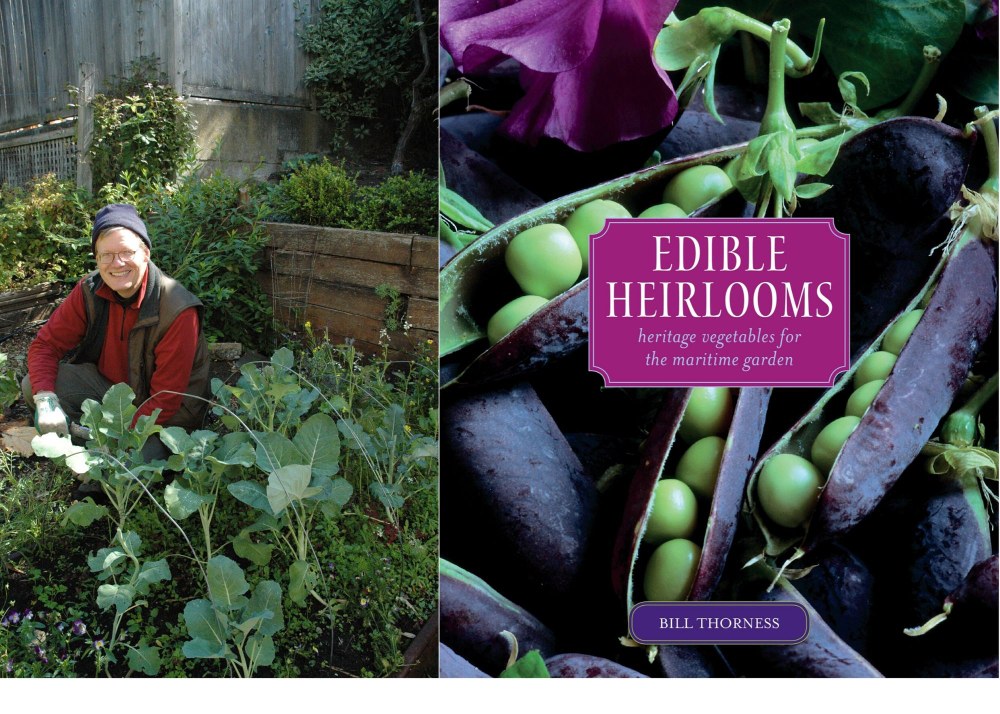
Imagine a bowl of fresh vegetables glistening on your kitchen counter, ready to make the most nutritious and flavorful salad or curry or pizza. It would be even more nourishing if the lettuce, carrots, tomatoes and basil came from just a few feet outside your door.
The promise and reward of growing a vegetable garden is even more satisfying in these tough times. Call your new venture the “Victory Over the Virus Garden.”
During World War II, the government called on people to grow a Victory Garden to help support themselves and ease the burden on our supply system. We can do it again, as a small but satisfying blow against the problems caused by the coronavirus pandemic.
Your VOV Garden could be as small as a window box or as large as a converted section of lawn.
The basic elements needed by every garden are sun, fertile soil and water. Oh, and seeds or plants, of course.
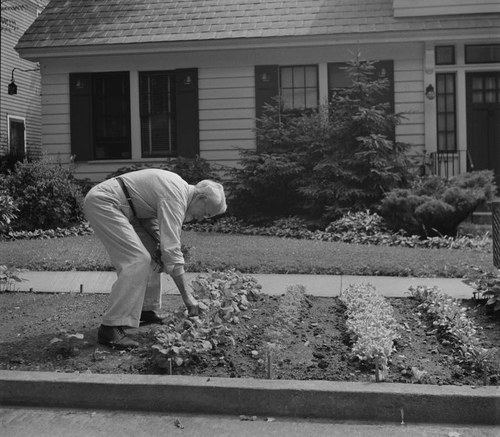 A man plants a victory garden during WWII ©Library of Congress
A man plants a victory garden during WWII ©Library of Congress
Location and size
Even the smallest pot of herbs can provide satisfaction. But if you have a yard, consider growing in the ground, and then look for the sunniest spot in your yard. Vegetables want 6 to 8 hours of sun a day. Where do the weeds come up first? That might be your warmest microclimate and a good candidate for your collection of pots or a raised bed.
How far will your garden be from your kitchen door? From the hose spigot? The easier you make it to attend to your garden, the more likely you will do it and it will be successful.
Another tip is to not start too big. If you do great with one big pot of lettuce and another of herbs, you’ll want to expand. But if you dig up the entire lawn and then have only a row of carrots to show for it, the experiment will be likely to fail.
Start with good soil
If you want to use pots that have been sitting with soil in them for a long time, dump out that soil and replace it, or at least dump out half and mix in some fresh stuff. You need soil that has good structure and will hold water in order to give the plants a happy home.
The same advice goes for a dormant garden bed or a swath of former lawn: try to freshen and build the soil.
How do you make better soil? Add compost or other soil amendments. These are available at the hardware store or plant nursery. If you don’t have access to that, look for the spot in the yard that probably has the best soil and swipe a little bit of that.
The next step to refreshing old soil is to add some fertilizer. Purchase an organic fertilizer that is advertised for vegetables or look for one with a set of relatively balanced, low numbers, such as 7-4-3. And if the soil has been sitting for years in our Maritime Northwest climate, the rain has probably caused it to be acidic, so mixing in agricultural lime will fix that by balancing the soil pH. On all these purchased amendments, follow the directions on the box for proper use.
What to plant
Now comes the fun part: what will you grow? Well, grow what you like to eat! If you love tomatoes, by all means plan to grow some, but realize that you won’t be eating them for four months. You could, however, be eating salad greens in one to two months, same with beets, carrots and radishes. Peas and beans take a little longer but deliver food over a long period of time.
Many of these crops can be grown from seed, which has two great benefits: 1) you can order online and not have to shop in person; 2) it will be much cheaper than buying plants. And if you order from a regional seed company, you are supporting a small local business.
Shop at a quality online seed company. They will tell you when you can plant each crop in your area and give the basics on how to do it. In my Seattle climate, I need to wait until the weather warms up for some crops, like beans, squash and tomatoes, but I can plant peas, beets, carrots and salad greens now.
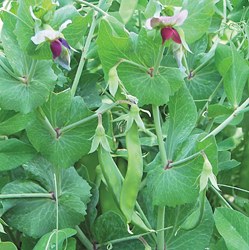 Dwarf Grey Sugar Peas from the author's garden
Dwarf Grey Sugar Peas from the author's garden
Next steps
Once the soil is ready and the seeds are in the ground, take a few minutes each day to visit the garden and tend to them. There’s an old saying: “The gardener’s shadow is the best fertilizer.” If you watch what’s going on, you can keep the soil properly watered, for instance, or deal with any bugs that might be attacking the plants (hint: pick and squish).
Your first effort may have problems. But a great thing about vegetable gardening is that you can rejoice in your successes (and eat them) even as you make another attempt at something that didn’t work.
Happy growing!
Bill Thorness is a Seattle gardener and author of Cool Season Gardener and Edible Heirlooms, both published by Skipstone, the sustainable lifestyle imprint of Mountaineers Books.
Resources
Start Seeds Indoors Territorial Seed Company Spring Growing Guides
For more from Bill
Bill will host a free community web event on planting your own victory garden on April 23rd. Details to come.
 Bill Thorness
Bill Thorness

